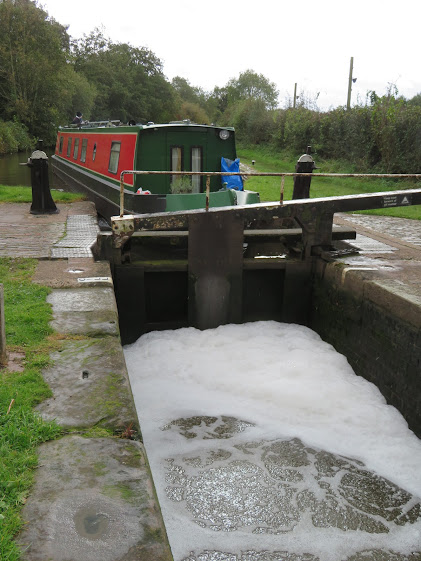Total Pageviews
Friday, 30 October 2020
Is there a Hex of Hexthorpe?
Monday, 26 October 2020
Another Lost Waterway.
Originally Stainforth was called Stain Ford due to the shallows in the River Don, or Dun, in the area. The River Don had a very fractured escape as some went into the Trent and some went north into the Aire and then to the Ouse. In the 1600 Charles I got Dutchman Vermuyden to drain the land better and he cut of the river from the Trent and pushed all the water to flow to the Aire. This caused massive flooding so he cut a new outlet that entered the Ouse at a place that became Goole much later, and this has been called Dutch River. The shallows at Stainforth made it the head of navigation from towards Doncaster and Sheffield. It wasn't until 1726 when the Company of Cutlers from Sheffield started to make improvements in the river at Tinsley close to the city. A year later Docaster Corporation approved work from Thorne to Doncaster and by 1740 the River Don from Doncaster to Fishlake had been cleared and deepened. Therefore Stainforth became an important maritime place. At this time a lock was constructed from the River Don to create a cut from Stainforth to Bramwith to miss out the shallows of the original ford. The river is tidal and as the waterway is very conflicted the currents run very fast.
In 1793 The Stainforth and Keadby Canal was approved and started to be dug from the Trent to join up with the cut at Stainforth. The new canal opened along its length in 1802 but the lock down into the River Don was retained.
Stainforth was the place on the navigation where the masts were taken down and the crane in this picture was used, with masts laid at its foot as proof. The house in the distance was the lock keepers house and the lock was just a little further away.
Tuesday, 20 October 2020
A Bridge Too Far, or Too Late!
Over the winter I intend to use my subscription to the British Newspaper Archive to look out for stories of the past along the route we have traveled this year. Our boat was close by where we live over winter this year. Even so from March we weren't allowed to visit for a good few weeks. We finally got away towards the end of July. Thorne is one the Stainforth and Keadby Canal.
Wednesday, 14 October 2020
Making Memories.
I have been away a couple of days. The first was due to some problems with Blogger I think as I didn't seem to be able to connect with it at all. The next day we were busy with our BSS survey and then I had an evening dash home to pick up the car. We are now at home and that is the end of this cruise, but for the sake of completeness here is our last day.
Sunday, 11 October 2020
Ranging alongside different rivers.
Just as we were getting ready to push off three boats came past! But we let go and followed them. There was just one above the lock when we arrived, and when we go to the second lock the first two had stopped at the service that was once the town wharf!
Saturday, 10 October 2020
Canal Conundrums and Chemical Questions.
We moored up ans went for a walk into Coven to stretch our legs and came back with a bag of chips to have with our tea. There was even some left for tomorrow's too.























































